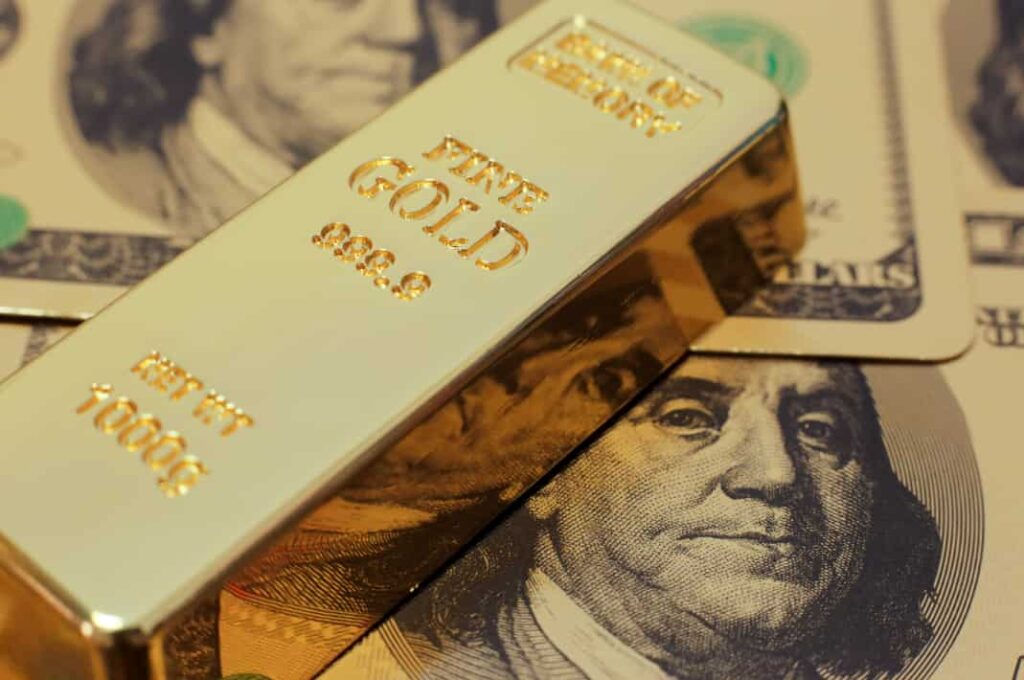At a time when global markets are experiencing volatility due to trade tensions and economic uncertainty, gold has been on an upward trajectory, surging to a fresh all-time high.
Driven by safe-haven demand and persistent inflation fears, the precious metal briefly touched $3,167.57 on April 3 before settling around $3,109 at the time of writing.

The surge came as a broader market selloff triggered by U.S. President Donald Trump’s proposed import tariffs spilled over into bullion trading.
Gold’s strong performance in 2025: What’s driving the gains?
Trump’s proposal to impose a 10% blanket tariff on nearly all imported goods rattled risk assets and reignited concerns over slowing global growth and rising input costs.
In response, investors rapidly shifted capital into gold, propelling the metal sharply higher. However, the White House later announced key exemptions to the reciprocal tariffs—excluding steel, aluminum, gold, and copper from the new duties, easing fears of immediate supply disruptions and offering relief to physical markets.
This move marks a crucial development for domestic metal buyers already navigating a complex tariff regime that includes 25% duties on key imports under Section 232 provisions.
Meanwhile, inflation remains stubbornly elevated, and speculation over interest rate cuts continues to grow. According to CME FedWatch, the odds of a rate cut in May stand at 21.5%, while June appears to be the most likely window, with just a 19% chance of rates staying unchanged.
Despite a modest retreat from its record high, gold stands out as one of the best-performing assets of 2025. The metal has gained 18.98% year-to-date, driven by growing demand from both institutional and retail investors.
For those who invested $1,000 at the start of the year, that position is now worth approximately $1,190—highlighting gold’s enduring appeal amid persistent economic turbulence.
Featured image via Shutterstock






